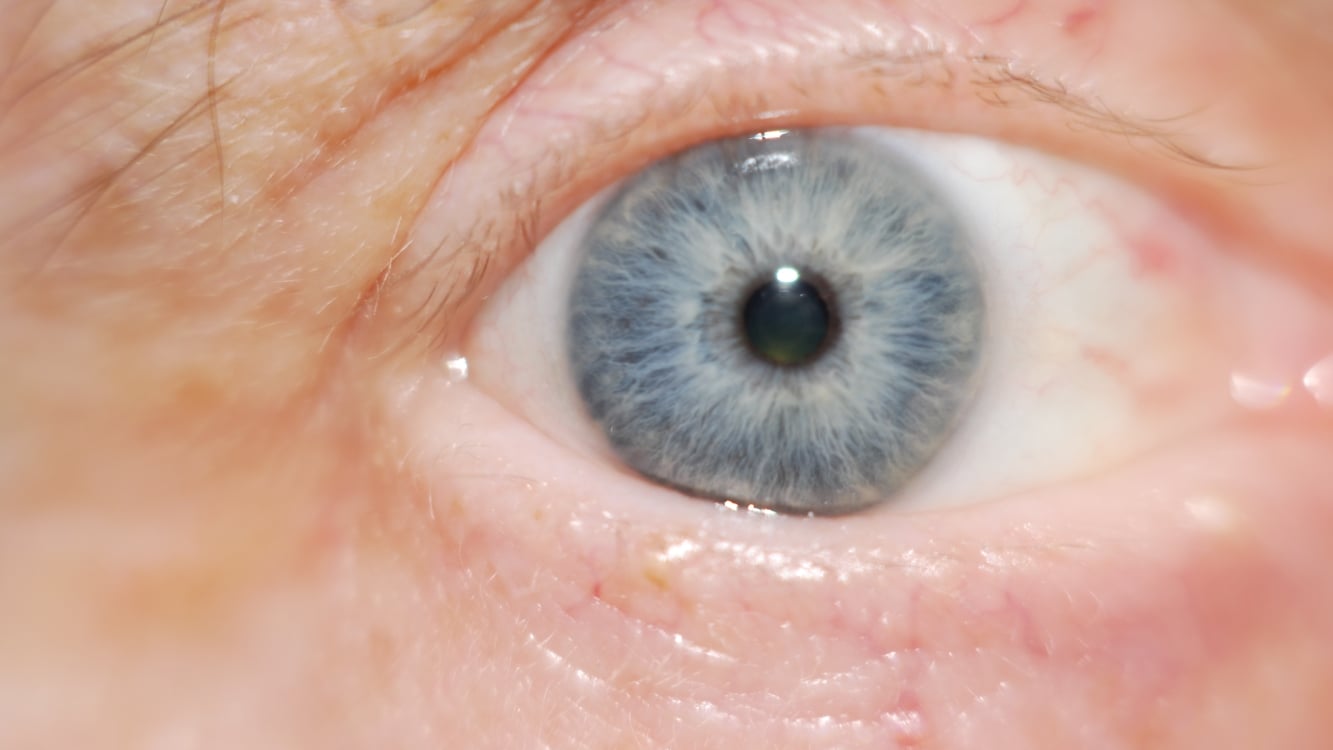

Eyeing macrophotography by looking through the other end of a lens.
In today’s world, you have to be very careful about sticking your rear out. Oh, excuse me. I’m talking about your lens—sticking its rear element out. This one simple technique will turn your camera into a macro photography monster setup.
Forget extension tubes, bellows, and high-priced macro lenses; by turning a lens, any lens, around and shooting backward through the front element, you will create an unbelievable closeup capability that costs just a couple of dollars to implement. So, let’s gear up and see what your rear looks like…err, your lens’ rear.
The key ingredient to creating this powerful macro-photographic powerhouse is called a lens reverse adapter or reversing adapter, like the example in Figure 1. Basically, one end of this adapter is threaded with a conventionally spaced filter diameter and pitch, while the opposing end is a mate for your camera lens mount system. In practice, you simply thread this adapter into the lens filter ring, flip this assembly around, and connect the adapter to your camera.
Figure 1. This 40.5mm reverse macro adapter is perfect for converting the Lomography Daguerreotype Achromat 64mm f/2.9 art lens into a mega monster macro lens.
You’re now fully equipped to get ridiculously close to any subject and create jaw-dropping macro photographs. Compare the results in Figure 2 and Figure 3.
Figure 2. A test subject photographed with the closest focus of the Lomography Daguerreotype Achromat 64mm f/2.9 art lens.
Figure 3. The same subject from Figure 2 was photographed with the same lens using the reverse macro adapter. Please note: No plastic baby dolls were harmed while making this article.
Ok, you’re now sold on sticking your rear out,…that’s lenses, people, lenses, so where do you find reversing adapters? There are three great sources for purchasing these adapters:
1. The used market offers “excellent” condition examples priced at $7 – $30. These prices, however, are very close to the cost of new adapters. Therefore, you might want to opt for the purchase of a retail version.
2. There are two 40.5mm filter diameter reverse macro adapters for Canon EF or Nikon F mount available from Lomography for $24.90 each.
3. But the best source for a dazzling smorgasbord of brand-new reversing adapters is B&H Foto & Electronics Corp. Featuring the popular FotodioX brand and the more general General Brand brand, these adapters range in price from $11 – $15. From 49mm, 46mm, and 43mm to 52mm, 58mm, and 77mm filter diameter sizes (plus many varieties in between) to Sony Alpha through FujiFilm X-mounts, it’s safe to say that B&H has your rear covered.
[Please note: Oops, what if none of the adapter filter diameters match your lens? Try using either a step-up or a step-down filter diameter adjustment ring in combination with the closest reversing adapter. Also, some of the B&H adapters are “special order” items, and, therefore, they might incur extra shipping charges.]
Once you’ve used your adapter to mount your lens backward on your camera (see Figure 4), here are a couple of points to consider during use:
Figure 4. A steady tripod might be necessary during reverse macro photography.
1. Your lens rear element will be exposed and unprotected while making macro-photographs. Therefore, keep your lens’s rear cap handy to cover up between exposures.
2. There is absolutely no automatic control between the camera and the lens during reverse photography. Therefore, leave the lens focused to infinity and manually select an aperture. If your lens doesn’t allow manual aperture settings, each image will be exposed at maximum aperture. Depending on the lens, this could result in a soft or slightly blurry macro photograph, as in Figure 5.
Figure 5. This is exactly how a flower should look–soft, dreamy, radiant, and painterly.
If you require the occasional closeup photograph or just want to explore the hidden world around you in a softer, kinder, gentler way, the reversing adapter is a reasonably-priced option for getting up close and personal (see Figures 6, 7, and 8). Oh, and you were expecting a concluding “rear” end double entendre?
Figure 6. A Marsh Periwinkle, a valuable denizen of the coastal saltwater marshes of the US, as photographed with an iPhone 14 Pro.
Figure 7. The same snail from Figure 6 photographed with the reversed Lomography Daguerreotype Achromat 64mm f/2.9 art lens.
Figure 8. Another macro view of the same Marsh Periwinkle. Notice the awesome eye structure at the base of the tentacle.






